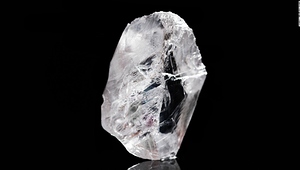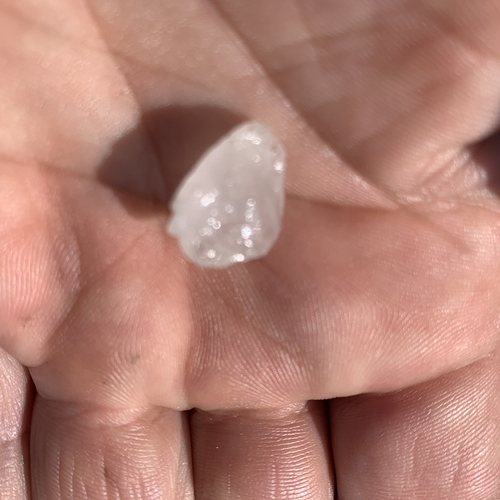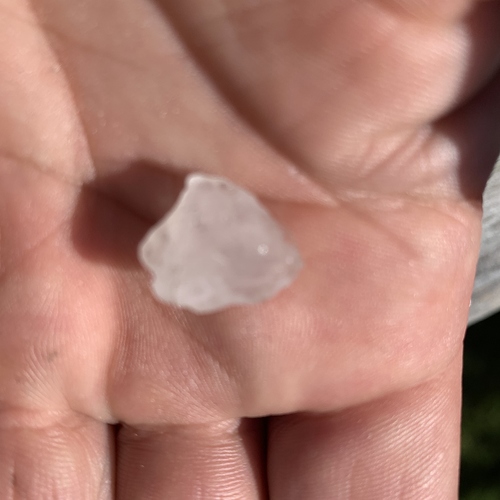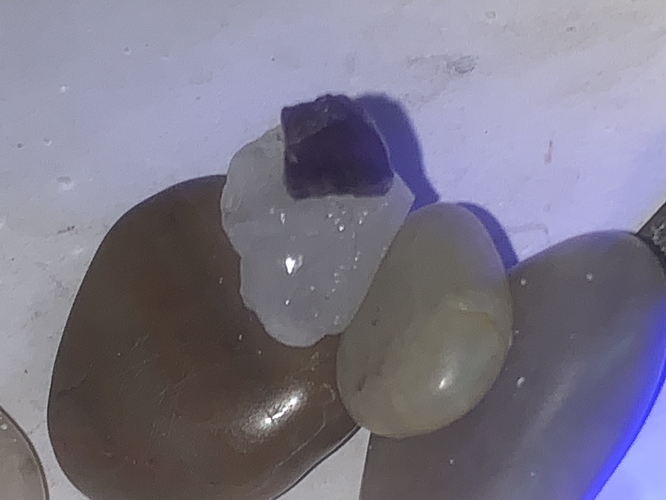Some of you may recall previous posts I made regarding a rock I found in Idaho…This is a follow-up for those posts:
I wanted to start this post off with a couple pictures of known rough diamonds.
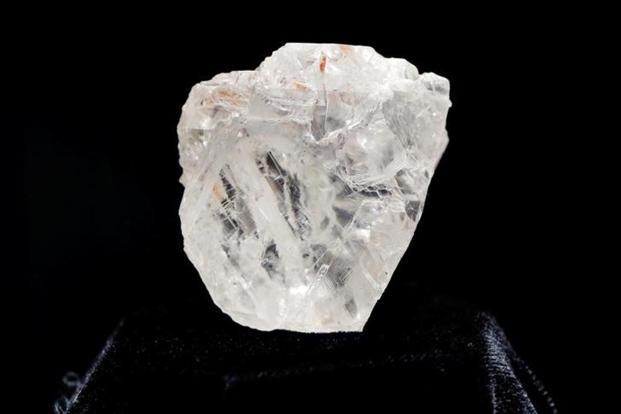
The stone in the top picture above is named “Constellation”–a 813 carat diamond found in Botswana. The second is named “Lesadi La Rona”, also found in Botswana, and is the second largest gem quality diamond found weighing 1,111 carats. I find them very similar to my pieces, shown below.
Please note: All of the pieces shown below are of the same parent rock, and have been broken, tumbled, and splintered to achieve their current state. No edits or alterations have been made to any photos
The above and below photos are of the same stone but different angles. Above, the natural graining is apparent, and its crystal habit, cleavage angle, and transparency are identifiable. Below, the stone reflects the light differently, and thus, the refraction of light through the stone is altered. Note the geometric pattern the illusion illustrates.
The picture below shows the stone is indeed transparent and colorless. The octahedral faces (pyramidal-like) and distinguishable grain lines are shown here, as well. Please note the reflection at the base. This phenomenon is caused by its high refractive index. Likewise, any surface fractures or irregularities cause light to bend in such a way that results in the “cloudy” appearance seen in most pictures.
The picture below displays a greasy luster and crystal habit, among other traits.
The picture below shows it’s transparency and cubic crystal structure. “Gems with an isometric or cubic crystal system, like diamonds, have only one RI since all the axes of its cubic structure are equal in length. They aren’t doubly refractive and, thus, have no birefringence.” (IGS)
Note: “However, it has long been documented that diamonds often show weak birefringence…Dislocations, lattice parameter variations, inclusions, fractures and plastic deformation are the causes of strain-induced birefringence in diamonds.” (GIA)
The final picture is a grouping of some of the pieces broken from one large rock. I have spent almost 4 years investigating what it could be, and every characteristic, habit, or trait that identifies a diamond is apparent, in my opinion. Thanks for reading!
Please visit a few of my resources for further reading:
https://www.linkedin.com/pulse/how-identify-rough-diamonds-like-pro-conrad-kruger/
BONUS PICTURES:
